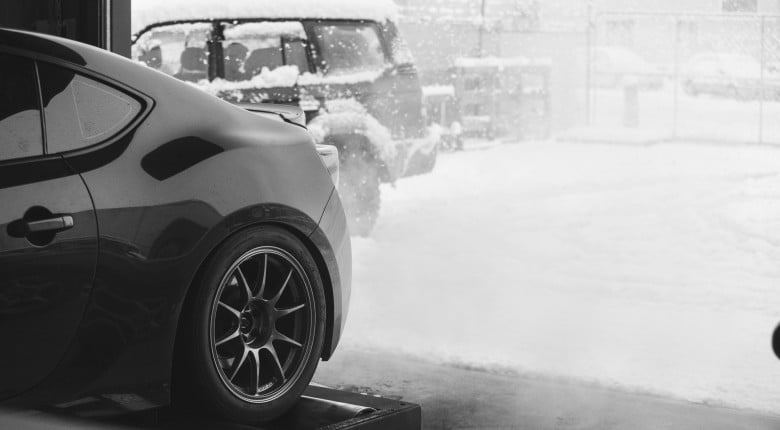Cold start tuning is an area that a lot of tuners and enthusiasts really struggle with. This really comes down to not having a full understanding of the fundamentals behind it and not knowing how to make the necessary adjustments in order to get the cold start working perfectly.
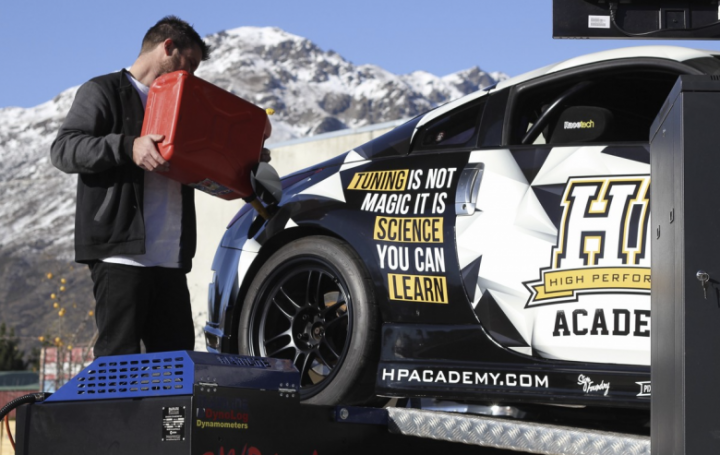
Well, we’re here to help. Our aim when tuning cold start, is to get as close as possible to the sort of performance we get from a factory car. Simply put, we want a car where, regardless of whether you’re in Outback Australia on a hot summer’s day, or you’re in Queenstown, New Zealand for ski season, you can turn the key with no throttle, have the car idle crisply and smoothly, all while maintaining good control of the air-fuel ratio as it warms up.
In this article: Why Do We Need Additional Fuel When Cold Starting? | Cold Starts: Every engine is different | What Parameters Are Affected By Cold Temperature Operation? | Cold Start Considerations: One, Two, Three | Parameters Available In The Haltech Elite | The Cold Start Tuning Process
While we’re tuning, we need to keep in mind what the car will be used for. If it’s a daily driver then obviously we want great cold start performance. If it’s a drag car then you might not be quite so concerned. Having said that, if we can turn up to an event and start the car while it’s still on the trailer in order to back it off, why not award ourselves this luxury?

Why Do We Need Additional Fuel When Cold Starting?
Before we get to the how, let’s discuss the why. When the port walls and the back of the intake valve are hot, the fuel will vaporise off them and be drawn into the combustion chamber in vapour form, making for easy combustion. Conversely, when the engine is cold, a portion of this fuel is going to wet out against the port walls. This means that some of the fuel is going to pool and be introduced in liquid form which makes for much more difficult combustion. To make up for this, we need to provide additional fuel when the engine is cold.
We may also find that during the cranking phase of engine startup, we require even more fuel, over and above what we require once the engine has started. To complicate things even further, we will also need some additional air bypass in terms of our idle speed control settings to maintain a sensible idle speed as the engine is warming up.
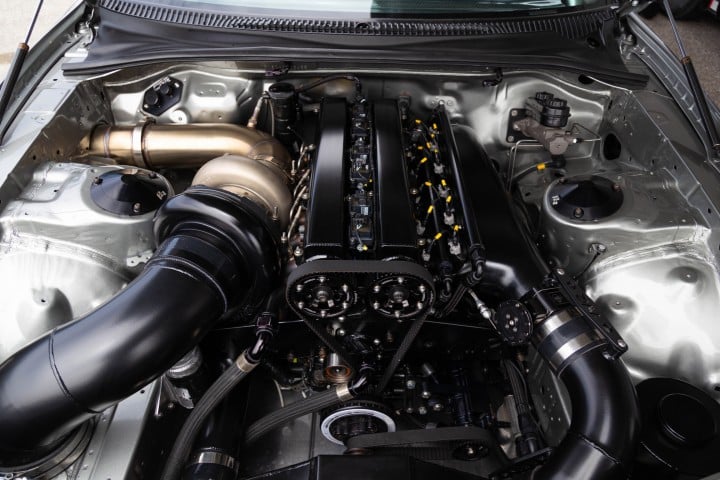
Cold Starts: Every engine is different
When we’re tuning for cold start we need to keep in mind that every engine is different. In the same way that you can’t take a non-flex fuel capable car running on gasoline and fill it up with E85, you can’t take the settings that have been used to perfectly tune one car, transfer them over to another and expect to get the same perfect results. Even something as simple as replacing the factory injectors with a larger set can make a difference to the cold start settings required.
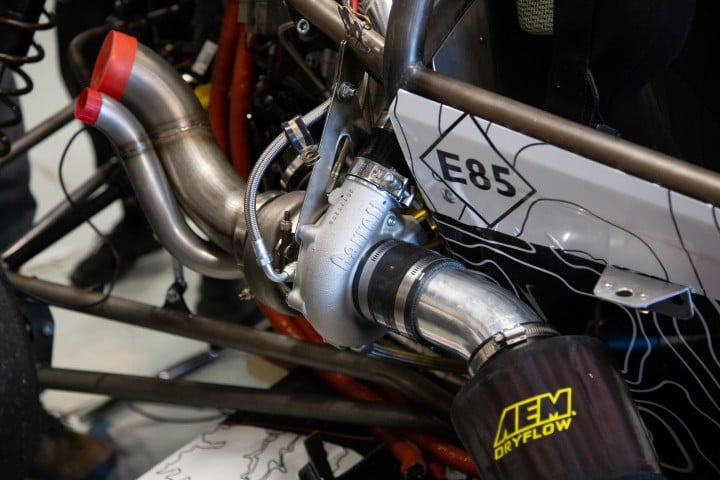
What Parameters Are Affected By Cold Temperature Operation?
- Cranking enrichment – This is the additional fuel being delivered by the injectors when the engine is at cranking speed. This will generally be less than 300 to 400 RPM so we require a bit of extra fuel to get the engine to turn over, catch and start.
- Post start enrichment – This is the additional fuel that is injected for a period of time after the engine starts.
- Warm up enrichment – This is usually a 2 dimensional table relative to coolant temperature, however there can be an advantage in turning this into a 3 dimensional tables relative to coolant temperature and engine load.
- Idle requirements – This is where the additional air bypass comes in, however we may also need to increase our idle target from our normal hot idle rpm.
- Transient enrichment – This article won’t really touch on this however this is for aspects such as acceleration enrichment that may also need to be adjusted relative to coolant temperature.
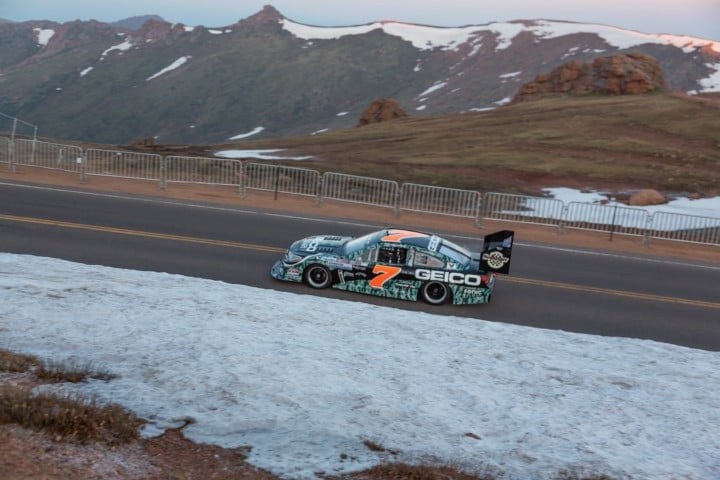
Cold Start Considerations
There are some considerations to keep in mind when tuning a car cold start. If you don’t know the correct process to go through, it’s easy to insert errors into the fuel and correction tables that will end up producing poor results.
Consideration One: The Main Volumetric Efficiency Table
In most cases, all of the warm-up and cranking enrichment parameters work as adders or multipliers over and above our main volumetric efficiency (VE) table. If you haven’t already gathered, this means that if we don’t have our main VE table tune nailed down, we haven’t got a hope of being able to correctly tune our cold start corrections.
In the below figure, you can see our VE table which is also displayed graphically on the right-hand side.
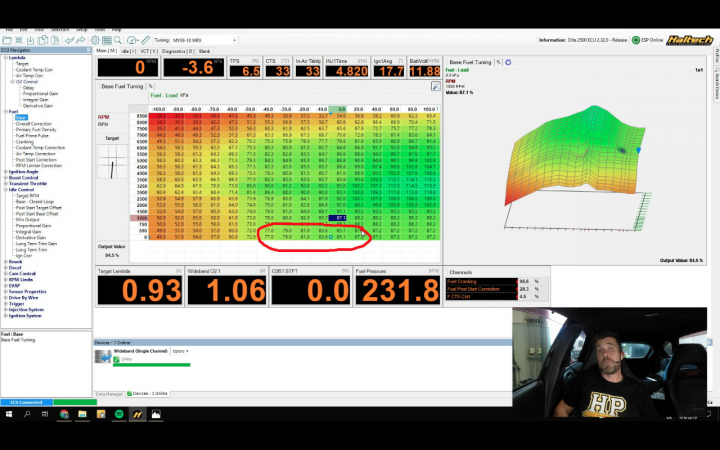
The issue we face is that the circled area, the one that we will be accessing when we first crank the engine, cannot be tuned properly in steady state. It’s just not possible to fully load the engine on our dyno between 0 and 500 RPM. Instead, once we have confirmed that we have a reasonably smooth shape to our VE table, meaning it has been tuned correctly, we can extrapolate the results down to the lower RPM and load areas of the table.
It’s important to point out that once we have the VE table dialled in, the engine is obviously no longer going to be cold to enable us to do the cold start tuning. Even if you leave the car sitting for a few hours there will still be a quite a lot of retained heat in the engine block and heads. We really need to let the car sit overnight to ensure the engine has completely cooled. Aside from this, once we have a cold engine and begin to tune the cold start enrichment, we have all of the different parameters that require tuning. Instead of getting flustered and potentially making errors whilst trying to cram everything in before the engine heats up, it’s much better to accept that you may take a few attempts to get this right. You also need to remember that in summer, you’re not going to be able to tune for the areas of the table that you will be accessing in the cold of winter.
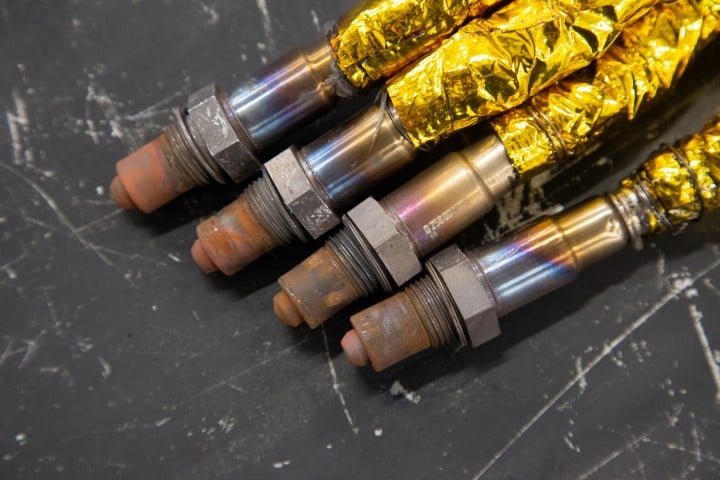
Consideration Two: Wideband Air-Fuel Ratio Meter
Another consideration we need to take into account is that we can’t always tune the cold start parameters accurately by relying solely on a wideband air fuel ratio meter - in particular for cranking enrichment. We simply won’t get a reliable reading while the engine is being cranked. This parameter will need to be tuned by trial and error. By making adjustments and taking note of whether it makes the engine start faster and crisper, or whether it makes it labour and harder to start.
Because we only have a small amount of time to get our cold start tuning complete, we want to make sure that our wideband is warmed up and ready to go before we start the car for the first time. Depending on which wideband controller you’re using, it may not operate until it detects engine RPM or won’t operate during cranking. This is obviously at odds with our cold start tuning requirements so you will need to override this if that is the case.
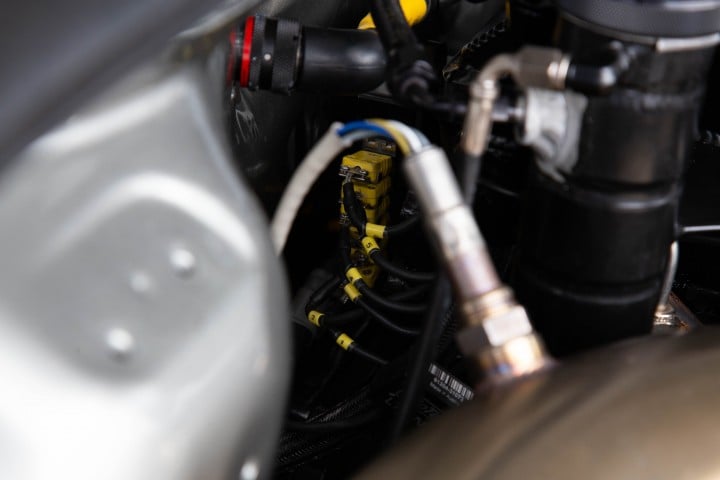
Consideration Three: Target Lambda Corrections
The other consideration for any volumetric efficiency based ECU is that we may want to target a richer air-fuel ratio during cold start. As you can see in the table below, in the area we will be operating in at idle, we are targeting a lambda of 1.0.
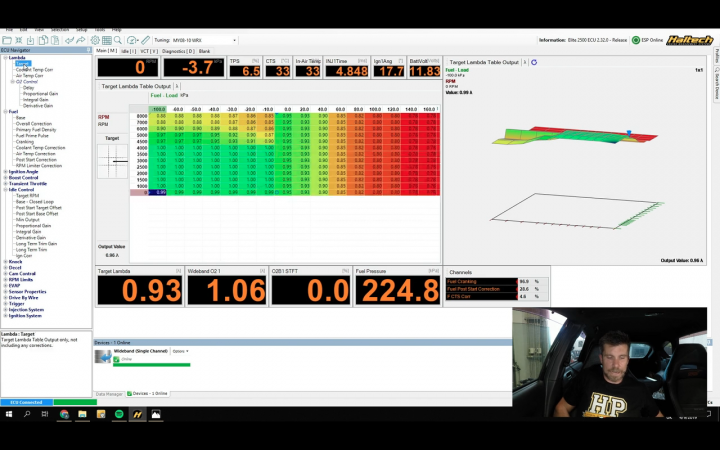
Now let’s have a look at our coolant temperature correction in the below table. For example, if we are running at 20 degrees C, we’ve targeted a richer lambda of 0.95 so have subtracted 0.05. These two tables work in conjunction with one another.
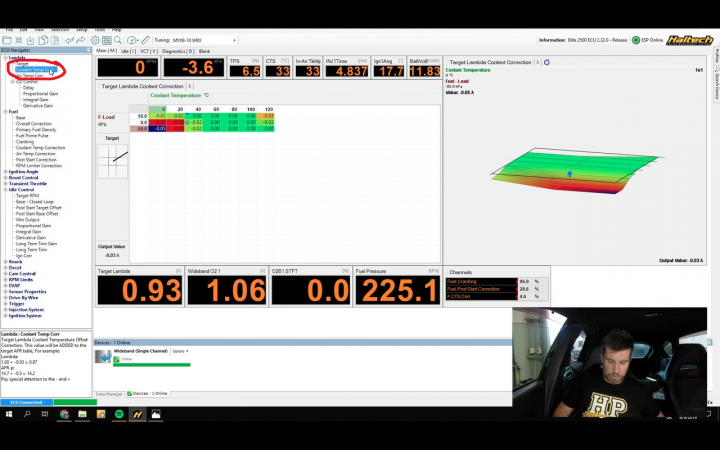
The reason we do this is that a lot of engines won’t idle smoothly if we target a lambda of 1.0 when the engine is cold. It is important to remember for a VE-based ECU that when making this change to our lambda, we do so in our target lambda correction table, not in the main target lambda table.
Parameters Available In The Haltech Elite
Let's now look at the specific parameters available in the Haltech Elite ECU. The first parameter we have is our fuel prime pulse. This won’t often be necessary, particularly if you have a mostly factory engine where the injectors are mounted close to the intake valves. This may be useful if you have an IDA-style injection throttle body, common in the likes of rotary engines, where the injectors are fitted a long way from the intake port. Fuel prime pulse can be used here to spray a short pulse of fuel down the ports to compensate for the delay between the fuel being supplied and then making its way into the ports.
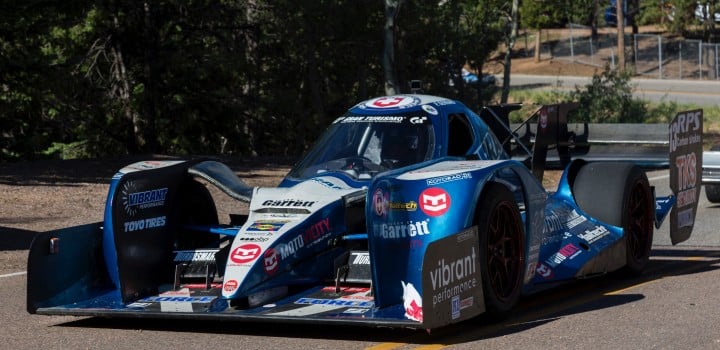
The next that we definitely will be making some adjustments to is our cranking enrichment. This is active when the engine is at cranking RPM. As we mentioned in our considerations, this can’t be tuned using a wideband air fuel ratio meter. When we are using trial and error to tune this, it is a good idea to make large scale changes to this table initially of around 50%. This will make it easier to see whether the change had any effect. It is important to note that with the cold start parameters we don’t use excessive numbers, as this can end up over fuelling and consequently fouling the spark plugs. Therefore, once we’ve made those large scale changes and get to a point where you notice the change, we then want to dial back those numbers to a point where they are as small as possible, but still allow crisp starting.
Next, we have our post start correction, which also works in conjunction with our coolant temperature correction. Our post start correction is related to run time. As you can see in the below table, if we’re starting at 20 degrees C, we can see that we’re adding 39% additional fuel. As we move out to the right, this tapers off and ends up at 0 after about 30 seconds.
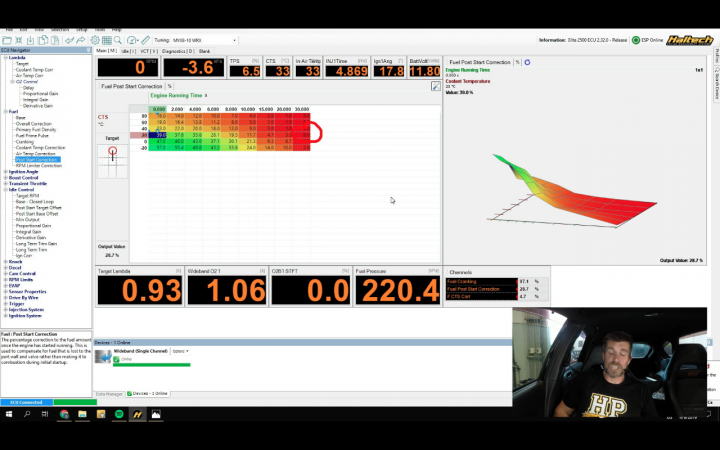
Over that 30 seconds, we will most likely be in the same cell of our coolant temperature correction table. Looking at the below table, we will probably be sitting at about -50kPa at idle where we have 12.5% additional fuelling.
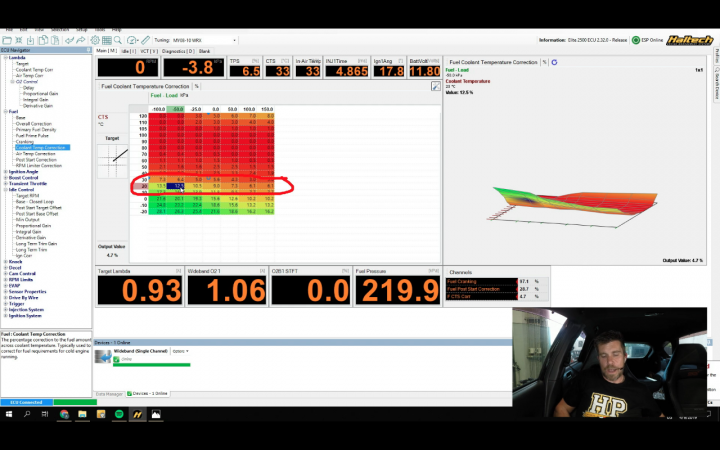
So we’re now looking for that point where our post start enrichment has decreased to zero. Looking at that point, we can check what our air-fuel ratio is and how that compares to our target. This will give us an indication of whether our coolant temperature correction table is correctly configured and if we’ve got an error, whether that came from our post start correction or our coolant temperature correction. What we want to do is get our coolant temperature correction table dialled in and once we’ve done that, we can use our post start correction table to correct any errors we have after initial startup.
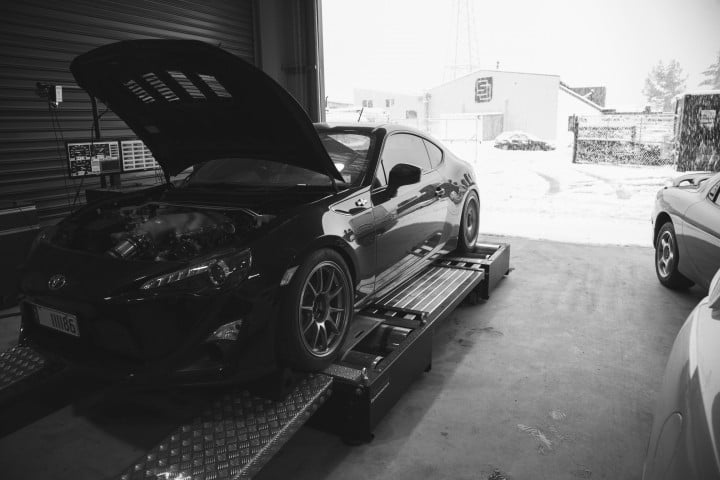
The Cold Start Tuning Process
Let’s now bring everything together that we’ve talked about and go over the steps involved in cold start tuning:
- Make sure we haven’t got any crazy corrections in our warm-up enrichment that could affect our normal operating temperature zones.
- Accurately tune our VE table including extrapolating into the areas that we can’t access.
- Select the parameters that you wish to tune.
- Unless you have a good reason not to do so, start with the default settings that the ECU manufacturer has provided.
- Make sure the engine is completely cold and attempt to start it.
- Dial in your cranking enrichment.
- Make any required adjustments to your idle control.
- Tune the coolant temperature and post start enrichment.
So there you have it, cold start tuning. Hopefully you’ve now got a better understanding of the steps and principles involved and can see that it’s not as complex as some might think.
